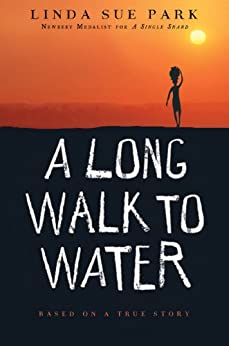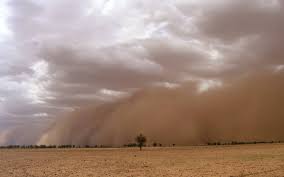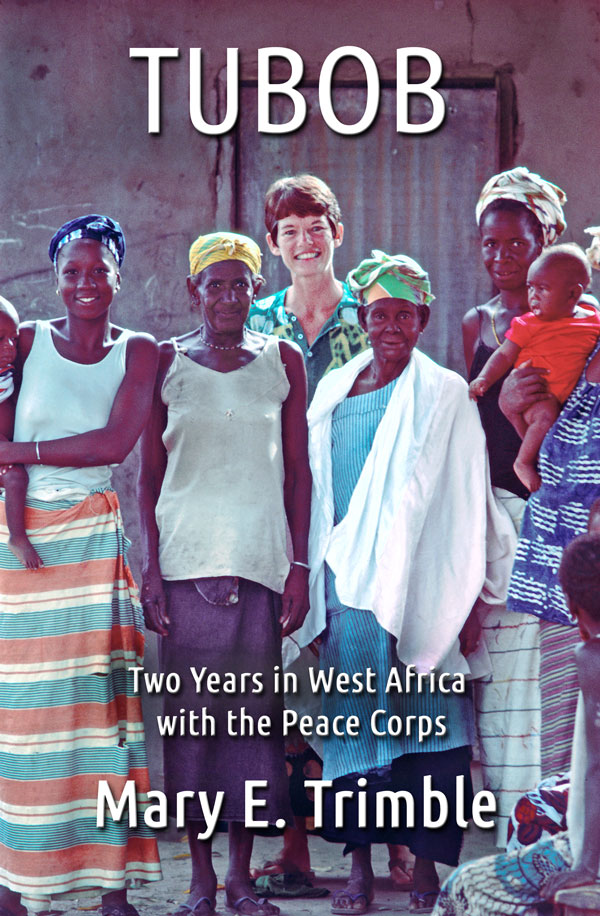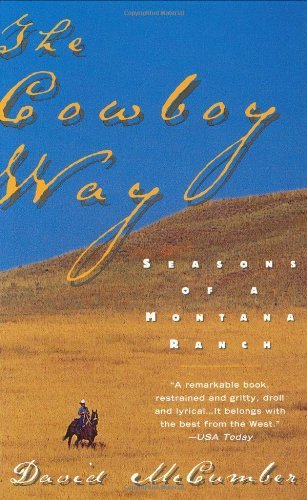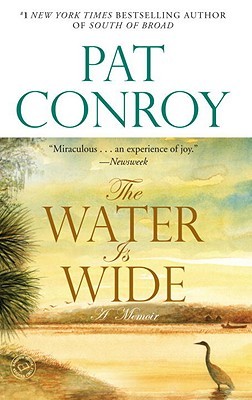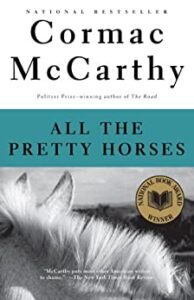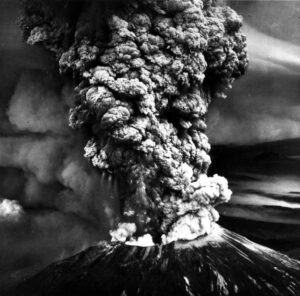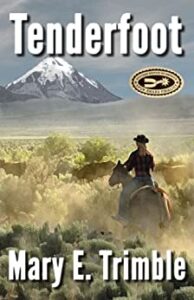
Carmen Peone’s latest release, Lillian’s Legacy, the third novel of the “Gardner Sibling Trilogy,” takes place in Northeast Washington Territory, 1875. Lillian Gardner dreams of becoming a healer using natural medicines. Along with her dreams, Lillian also has feelings of resentment and frustration. It seems her sister and brother get all the attention and admiration from their parents. On the day of her sister’s wedding, it looks like Lillian’s family has forgotten her sixteenth birthday. All the excitement is about her sister’s wedding. Their neighbors are gathered for the happy event; it seems Lillian’s special day has been swept aside.
Among the wedding guests a stranger appears, a strangely-dressed elderly woman. Lillian talks with the woman who seeks rest for herself and her horse. The woman, Doctor Mali Maddox, originally from Wales, is on her way to the Kettle Falls area to administer medical care to the River Paddlers, a Native American tribe in the Pend Oreille River Territory.
Lillian and Doctor Maddox form a friendship and agree that the two will travel together. Afraid her parents won’t approve, and angry that all their attention seems to go to her sister anyway, Lillian leaves without her parents’ permission or knowledge.
As the two set out for the wilds of Eastern Washington and Indian Territory they encounter people desperately in need of medical care. But, unfortunately, they also meet people with evil intentions, putting Lillian and Doctor Maddox in danger. Even more than the danger, Lillian suffers guilt for the way she left her family. She wonders if she’ll ever achieve her dream of helping people, of being able to leave a legacy of hope.
I found Lillian’s Legacy a story of courage and inspiration. Carmen Peone writes with knowledge and experience about Native American culture. She has lived on the Colville Confederated Reservation with her husband, a tribal member, and has learned the Arrow Lakes (Sinyekst) language, cultural traditions and legends. In addition, she speaks with authority on horses and competes in local riding events. In researching this novel, she sought expert advice on tribal herbal practices, and also on Welsh customs and language. Lillian’s Legacy is listed as a Young Adult novel, but I think it would be of interest to anyone interested in natural medicines, and of the customs of this time period.


